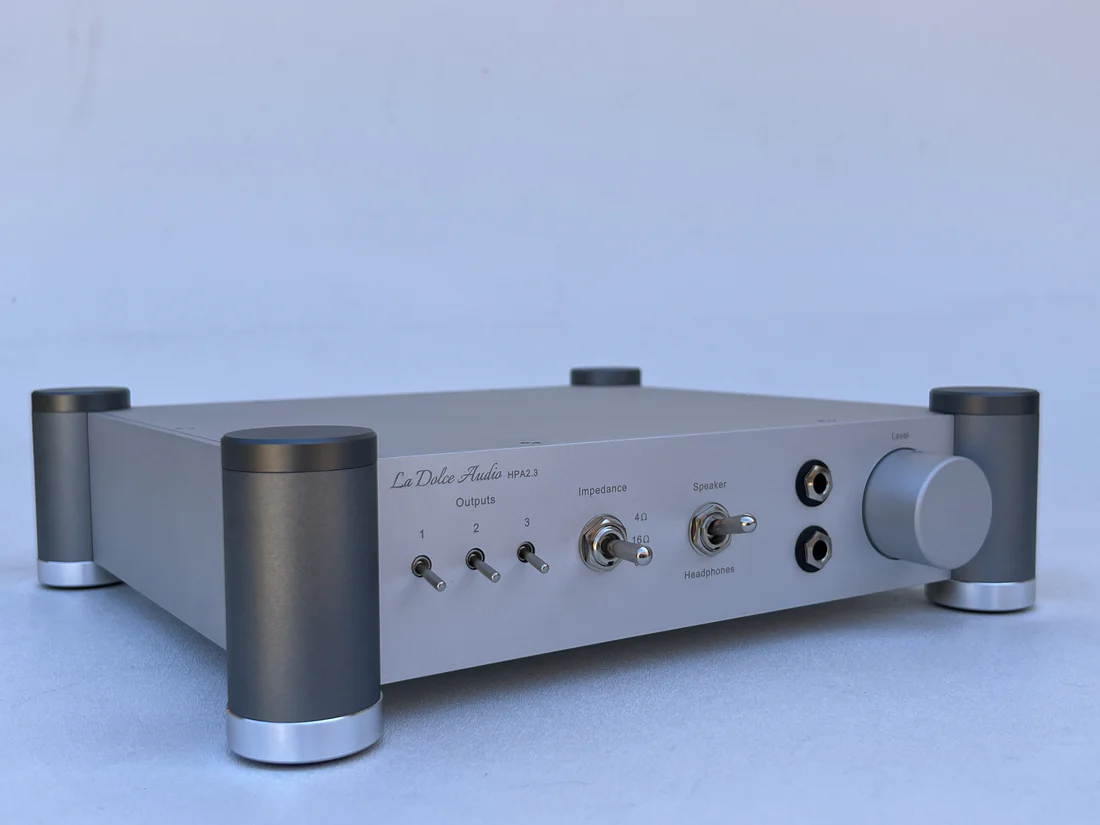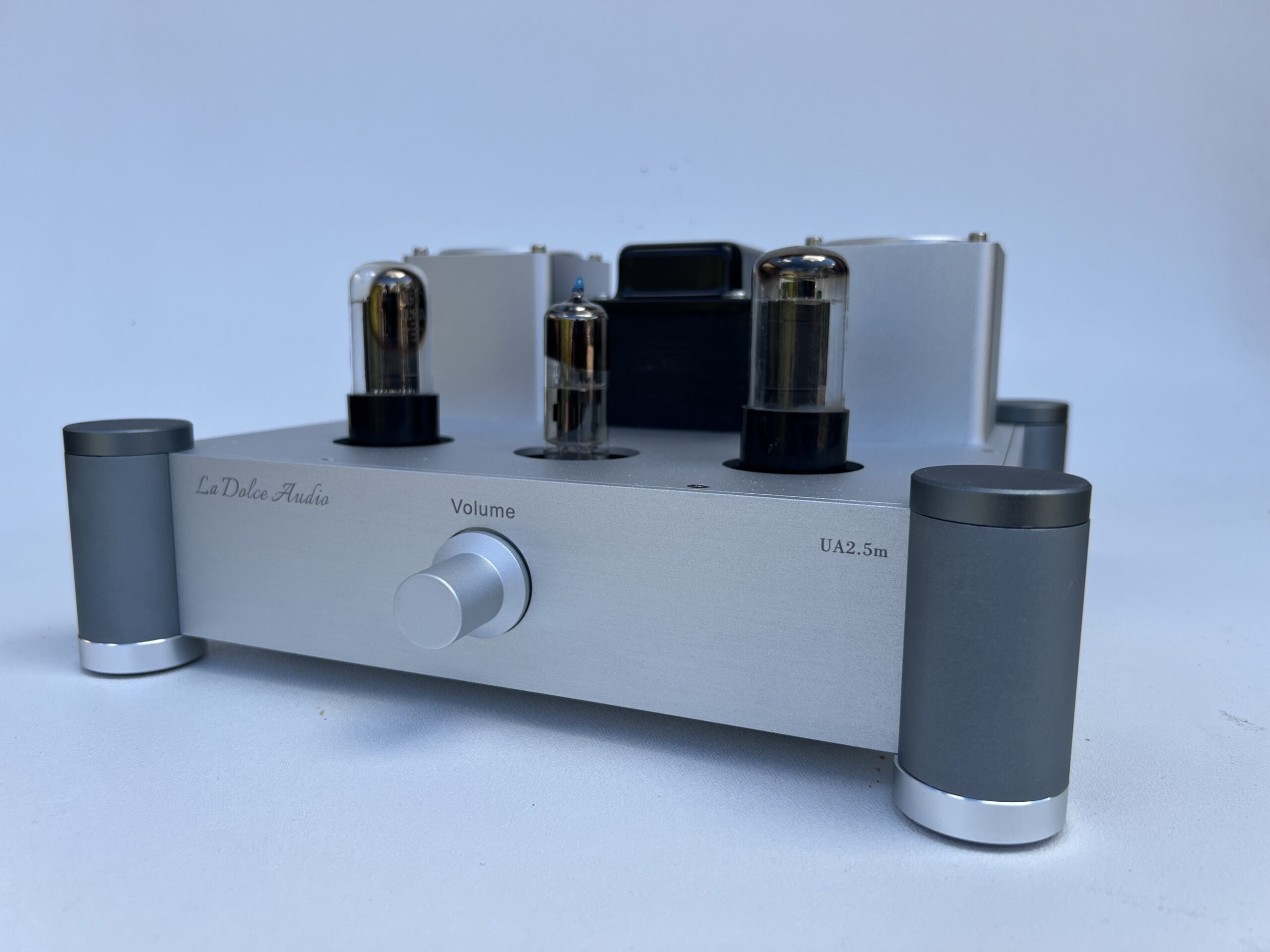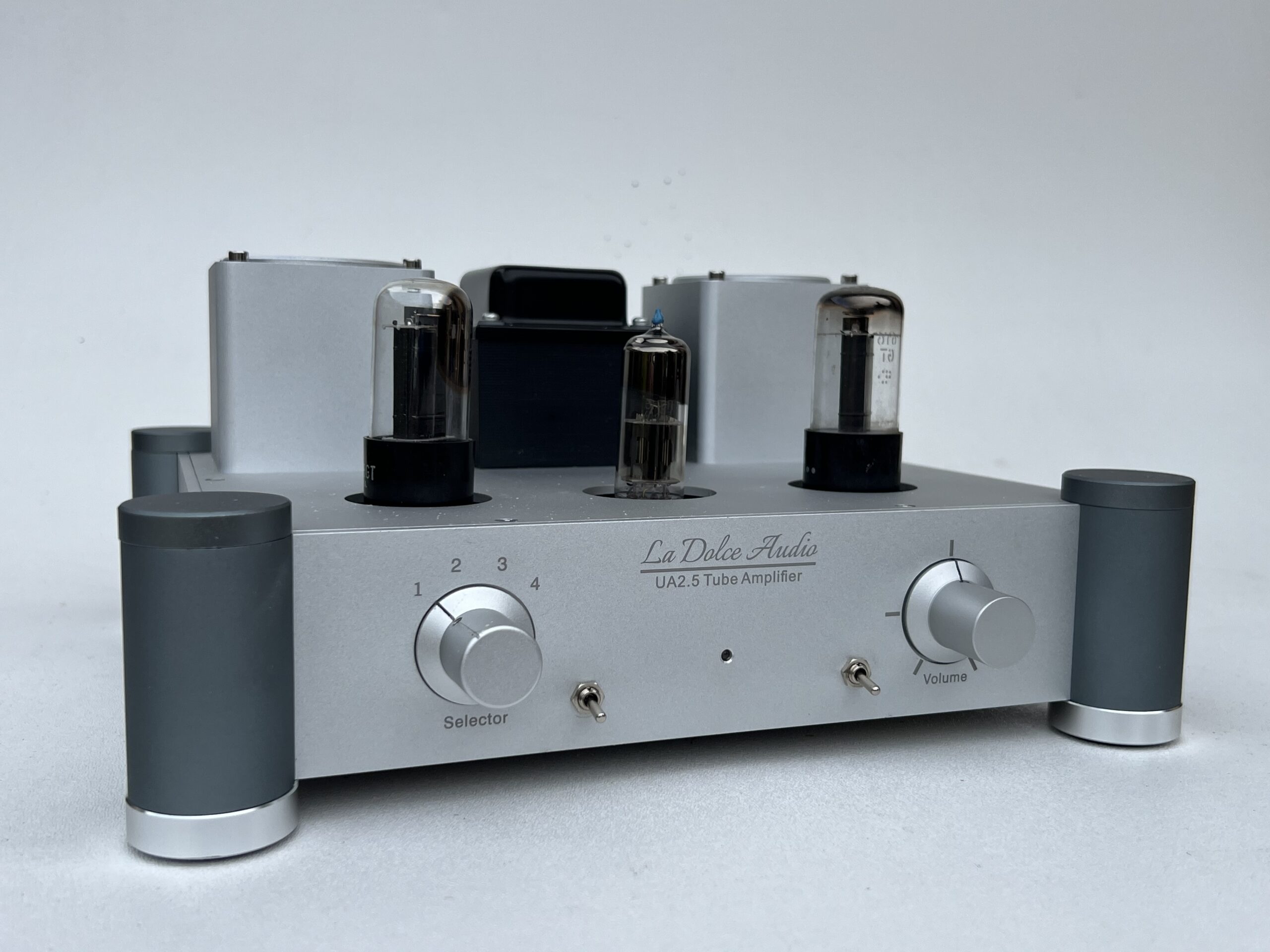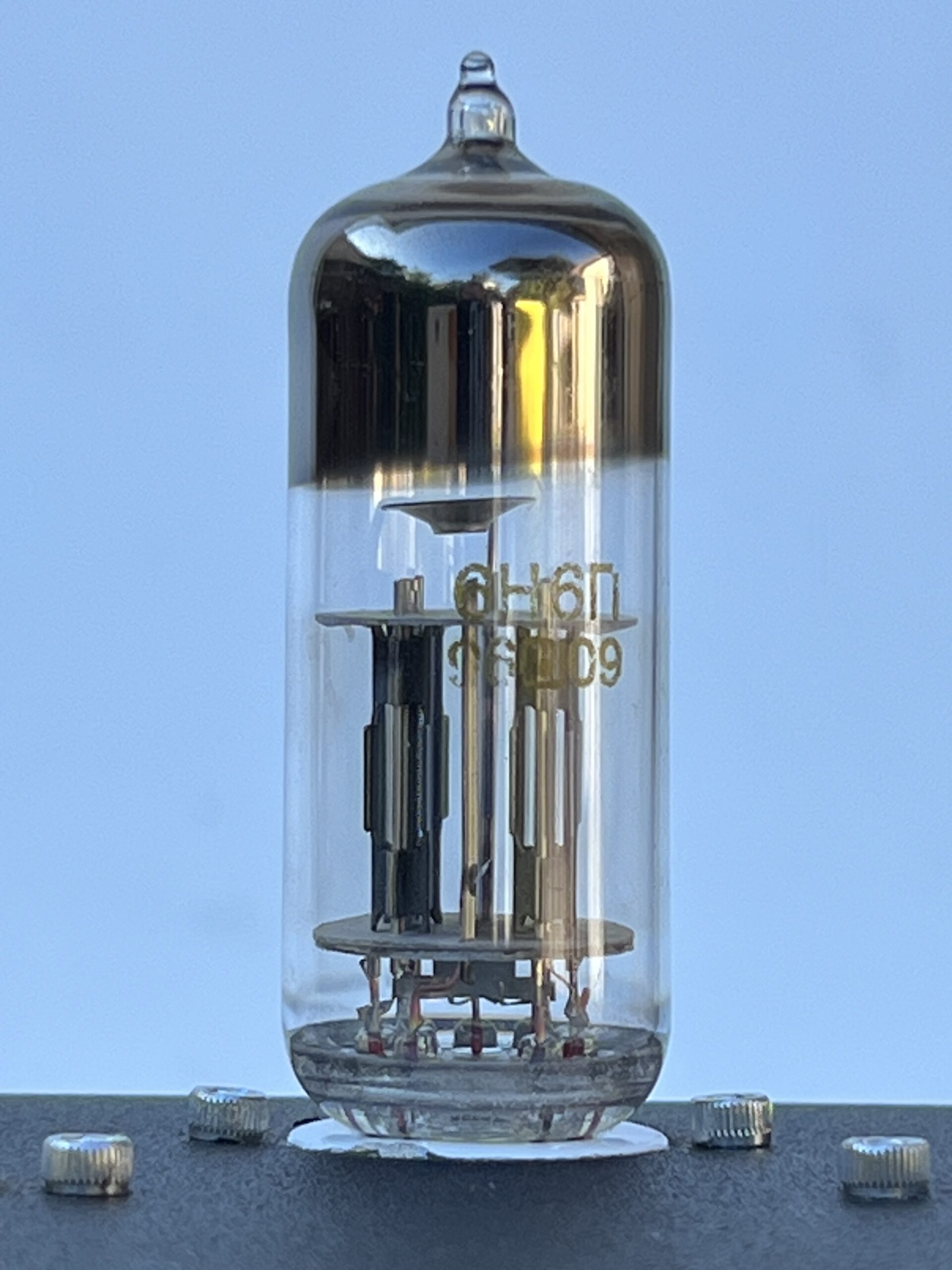Why Pentodes?
First of all why not? There is this myth going around the internet that pentodes aren’t as good as triodes. Says who? I certainly hope this is by those who actually listen to amplifiers they themselves built, but I suspect this isn’t the case. And I hope if they are such a person they have given pentodes a fair chance. I mean if I hadn’t given pentodes more than a cursory try they wouldn’t be my favorite tube to make high-fidelity audio amplifiers with. Now some could say that triodes produce less distortion, and that could be true depending on the circuit each is designed in. But then again an amplifier built with almost any type of transistor will produce less distortion, so that seems like the pot calling the kettle black.
In the end, pentodes are merely different, they were invented to solve some issues with tetrodes, and tetrodes were invented to solve some issues with triodes. So in the case of pentodes necessity truly was the mother of invention.
Now we could start splitting hairs and get into the differences between the different types of pentodes, well many other things for that matter, but let’s just stick with why. Specifically, why do I like to design single-ended amplifiers with pentodes? In short, it is the same reason why many people like tubes over transistors, THE SOUND.






